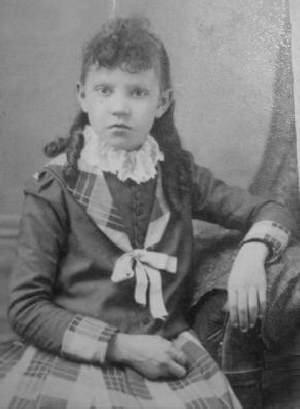
Figure 1.--We tend to see more girls wearing ringlet curls in the 1870s than boys in the photographic record, but we do see a few boys. |

|
We do not see very many boys with ringlet curls in the 1870s. Generally speaking the trend was toward shorter hairs in the 1870s. Photography was well established in the 1870s so the photographic record is probably a good indication of the relative popularity of hair styles. The popularity of ringlets for boys appears to have sky rocketed in the 1880s. This included both the number of boys wearing ringlets, but their age as well. A major factor of course was the publication of rs. Burnetts book, Little Lord Fauntleroy (1885). The popularity of the book and stage play helped fuel the Fauntleroy craze among mothers. This included both the velvet Fauntleroy suit and long hairstyles for boys--especially ringlet curls in the United States. Much of this incresed popularity occurred in the United States, although we also see it n Europe. More boys wore ringlets in America than any country. We note many boys in Euroe with long hair in the late-19h century, but ringlets were less common. This trend toward ringlet curls continued in the 1890s. The popularity may have been even greater in the 1890s. And there may be more older boys wearing them. We are not yet sure as to the relative popularity during the decade.
We do not see very many boys with ringlet curls in the 1870s. At least that is our initial assessment of the photograohic record. Generally speaking the trend was toward shorter hair cuts. Men and boys at mid-century tended to wear their hair long, even over their ears. This was much less common by the 1870s. Photography was well established in the 1870s. The number of photographic images means that there is a vey large sample sample. The sample is probably weighted toward the middle class and well to do, but it is a very large sample. So the photographic record is probably a good indication of the relative popularity of hair styles, especially when one factors in the social class variation. And here we are sure that ringlets would be even less common with the working class. We tend to see more girls with ringlets than boys in the 70s. This was especially true of school age children, at least the ones that attended school. Boys educated at home might still have ringlets. And while not common, we do see some boys wearing ringlets.
|
The popularity of ringlets for boys appears to have sky rocketed in the 1880s. This included both the number of boys wearing ringlets, but their age as well. A major factor of course was the publication of rs. Burnetts book, Little Lord Fauntleroy (1885). The popularity of the book and stage play helped fuel the Fauntleroy craze among mothers. This included both the velvet Fauntleroy suit and long hairstyles for boys--especially ringlet curls in the United States. Much of this incresed popularity occurred in the United States, although we also see it n Europe. More boys wore ringlets in America than any country. We note many boys in Europe with long hair in the late-19h century, but ringlets were less common. While the Fauntleroy craze was a major factor, we see boys with ringets wearing many different outfits, bith before and fter they were breeched.
|
The popularity of ringlet curls continued in the 1890s. We notice large numbers of boys with ringlets in the photograohic record. The popularity may have been even greater in the 1890s. And there may be more older boys wearing them. While we see large numbers of boys wearing ringlets in period portraits, they were still a minority of the boys. There seems to be a strong social-class factor involved with ringlet curls. We are not yet sure as to the relative popularity during the decade. We note a range of styles. Boys commonly wore ringlets with Fauntleroy suits or blouses, but they were worn with many other outfits as well. A good example is the yonger Harrison boy about 1890.
Navigate the Boys' Historical Clothing Ringlet pages:
[Return to Main late-19th century ringlet page]
[Return to the Main ringlet page]
[Return to the Main ringlet chronology page]
Navigate the Boys' Historical Clothing Web Site:
[Introduction]
[Activities]
[Bibliographies]
[Biographies]
[Chronology]
[Clothing styles]
[Countries]
[Contributions]
[FAQs]
[Glossaries]
[Images]
[Links]
[Registration]
[Boys' Clothing Home]
